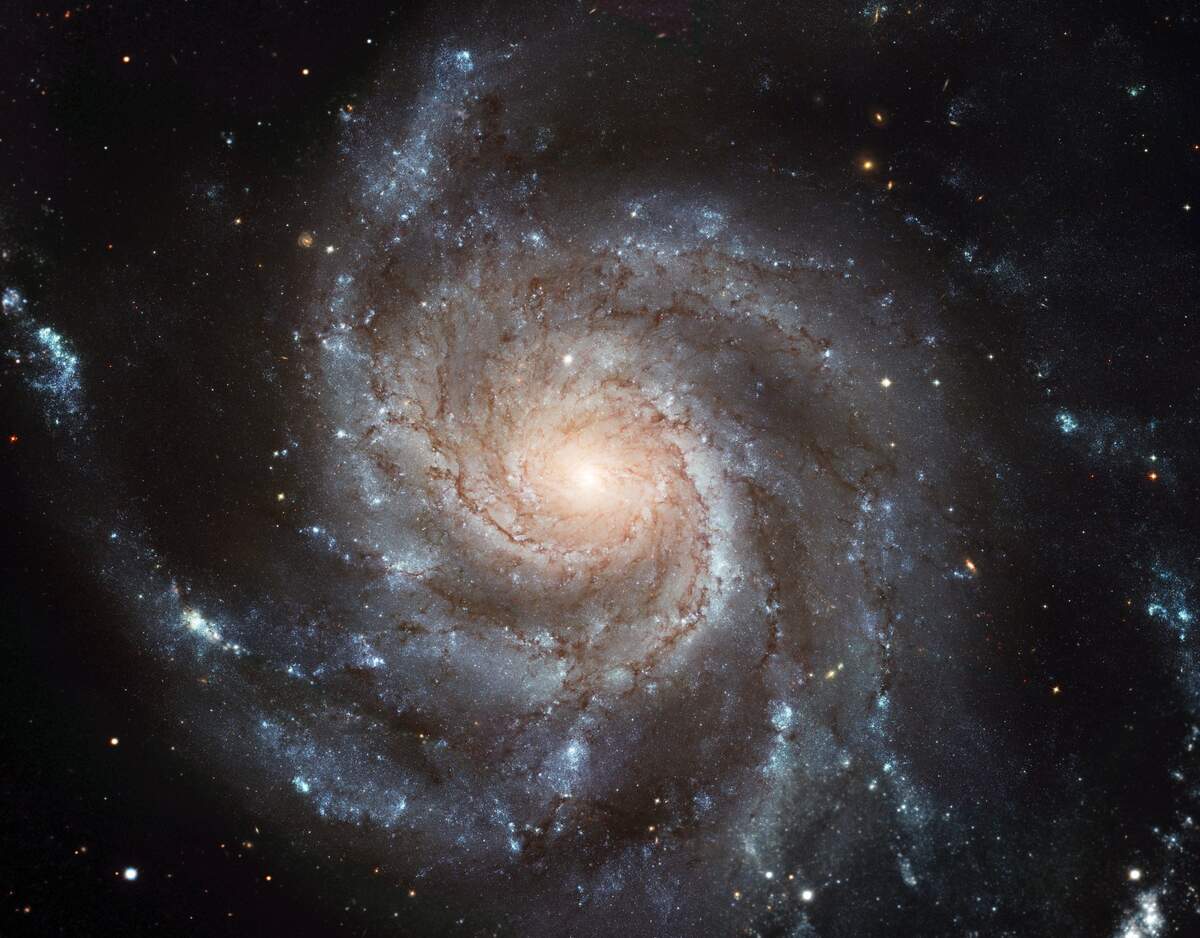

Astronomy Day
Also known as
Fall Astronomy Day
International Astronomy Day
International Fall Astronomy Day
International Spring Astronomy Day
Spring Astronomy Day
Observed
on an unknown date (1973 to 2004)
on April 16th (2005)
on May 6th (2006)
on April 21st (2007)
on May 10th (2008)
on May 2nd (2009)
on April 24th (2010)
on October 16th (2010)
on May 7th (2011)
on October 1st (2011)
on April 28th (2012)
on October 20th (2012)
on April 20th (2013)
on October 13th (2013)
on May 10th (2014)
on October 4th (2014)
on April 25th (2015)
on September 19th (2015)
on May 14th (2016)
on October 8th (2016)
on April 29th (2017)
on September 30th (2017)
on April 21st (2018)
on October 13th (2018)
on May 11th (2019)
on October 5th (2019)
on May 2nd (2020)
on September 26th (2020)
on May 15th (2021)
on October 9th (2021)
on May 7th (2022)
on October 1st (2022)
on April 29th (2023)
on September 22nd (2023)
on May 18th (2024)
on October 12th (2024)
on May 3rd (2025)
on September 27th (2025)
on April 25th (2026)
on September 19th (2026)
Dates
April 29th, 2023
September 22nd, 2023
May 18th, 2024
October 12th, 2024
May 3rd, 2025
September 27th, 2025
April 25th, 2026
September 19th, 2026
Founded by
Astronomical Association of Northern California in 1973
Doug Berger in 1973
Hashtags
#AstronomyDay
#FallAstronomyDay
#InternationalAstronomyDay
#InternationalFallAstronomyDay
#InternationalSpringAstronomyDay
#SpringAstronomyDay
Sources
Astronomy Day takes astronomy out of lofty places and brings it to the people. It provides a means of interaction between the general public and astronomy enthusiasts, groups, and professionals, and provides information, resources, and encouragement related to astronomy. Doug Berger started it in 1973 while president of the Astronomical Association of Northern California. He wanted to draw people's attention to both the hobby and the science of astronomy by having exhibits and activities at urban centers. One idea he had was to set up telescopes for passersby to use in busy urban areas—around parks, shopping malls, and street corners—to bring astronomy where people were, so they didn't need to go to observatories to see astronomical wonders.
Astronomy Day has expanded over the years. Now more than a dozen astronomical organizations cosponsor it, and events and festivities related to astronomy are held all around the world. Astronomy clubs, planetariums, observatories, museums, and colleges host these events and festivities in a number of locations the general public frequents, such as urban centers, parks, and shopping malls. Observation of the sky with a telescope at night and during the day, the use of moon gravity simulators, and talks from astronomers, astronauts, and NASA personnel are examples of activities that take place. Some organizations host week-long events. Astronomy Day originally was solely a spring event, usually being held on the Saturday nearest the first quarter moon, but in 2007 a fall event was added by the Astronomical League, one of the spring event's cosponsors.
How to Observe Astronomy Day
Attend an Astronomy Day event being held in a public space near you. Checking the websites of the day's cosponsors may help you find events. For example, some events are listed on the Astronomy Day webpage on The Astronomical League website. If you have an event you can add it to their list. The Astronomy Day Handbook, which was written a number of years ago, may provide some additional ideas on how to mark the day. You could also join an astronomy club or visit to an observatory, planetarium, or science museum.





















